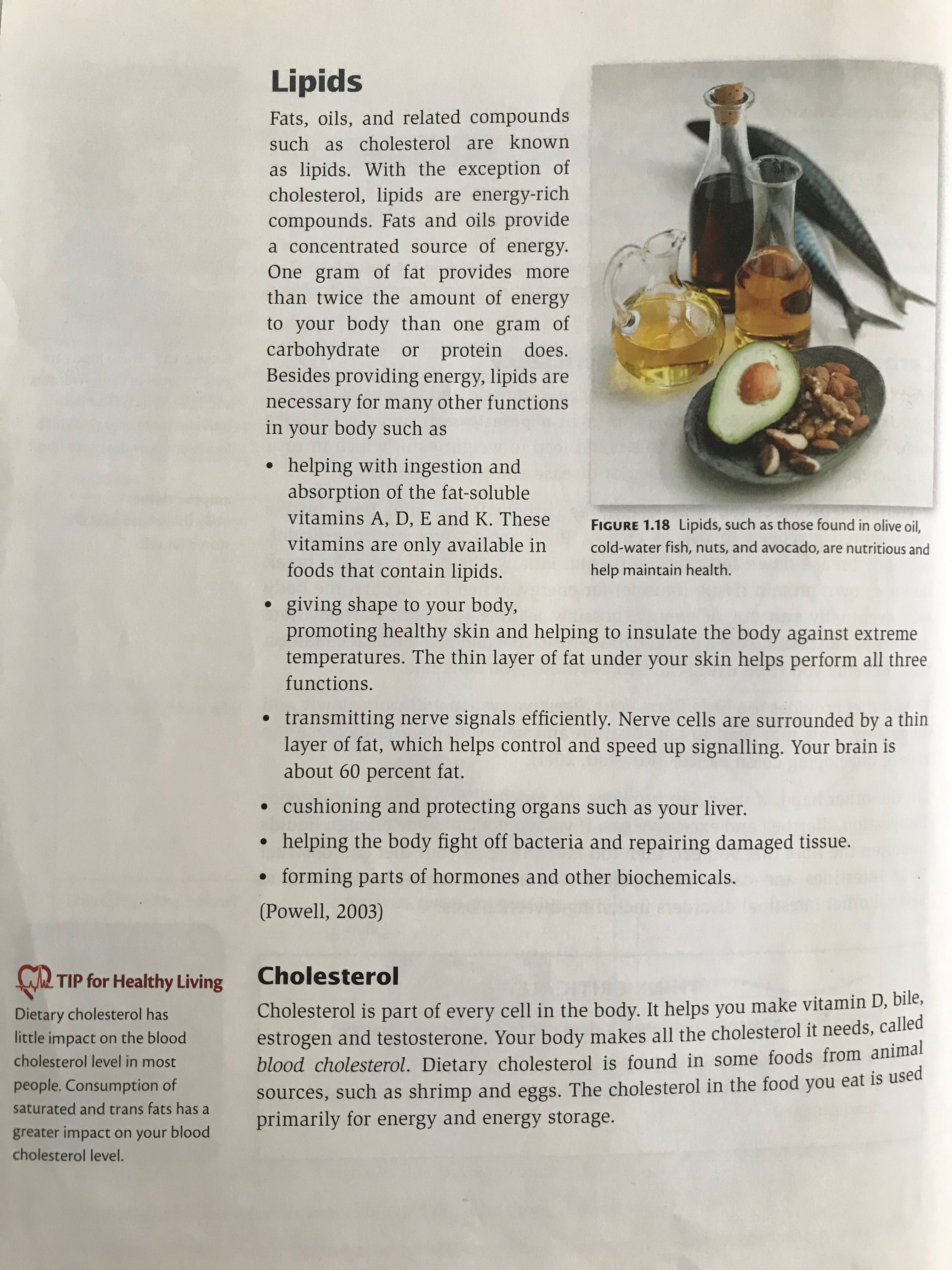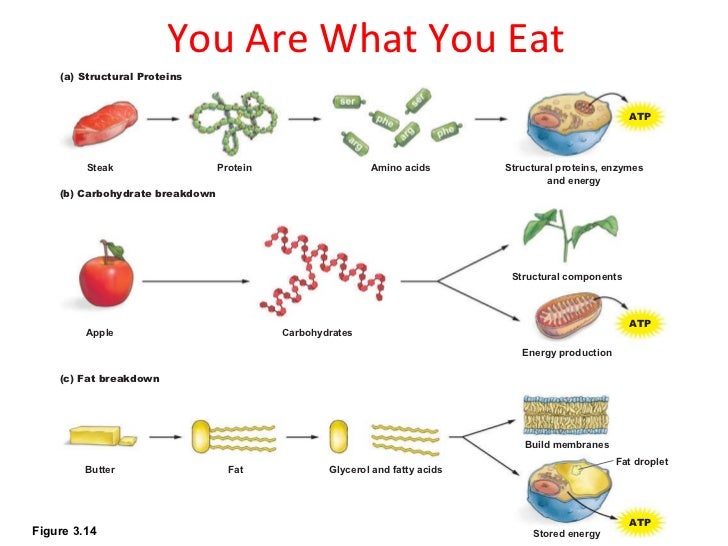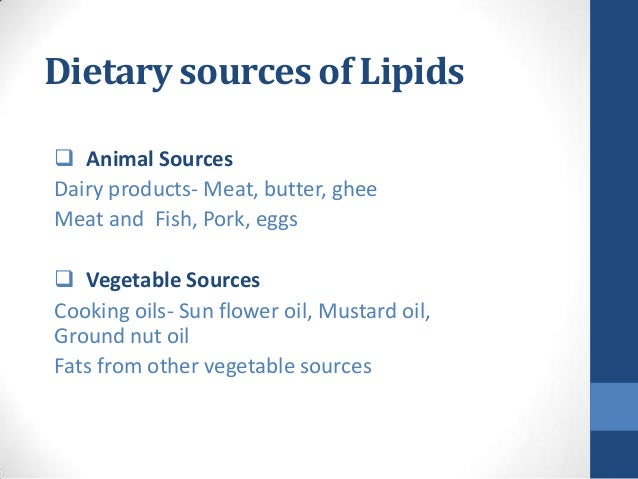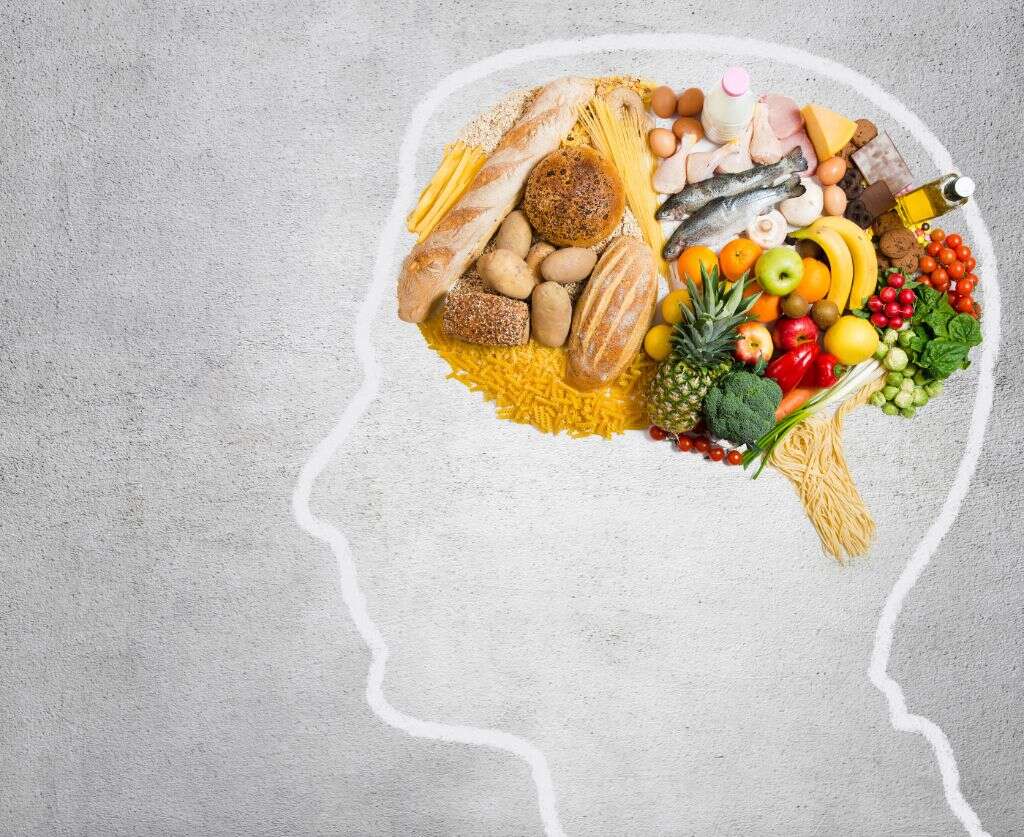43 lipids on food labels
people.umass.edu › ~mcclemen › 581LipidsANALYSIS OF LIPIDS - UMass Government regulations often demand that the amounts of saturated, unsaturated and polyunsaturated lipids, as well as the amount of cholesterol, be specified on food labels. Food Quality. Desirable physical characteristics of foods, such as appearance, flavor, mouthfeel and texture, depend on the type of lipids present. › food › food-labeling-nutritionChanges to the Nutrition Facts Label | FDA - U.S. Food and ... Mar 07, 2022 · Manufacturers with $10 million or more in annual sales were required to update their labels by January 1, 2020; manufacturers with less than $10 million in annual food sales were required to ...
lpi.oregonstate.edu › mic › other-nutrientsEssential Fatty Acids | Linus Pauling Institute | Oregon ... 89. Mensink RP, World Health Organization. Effects of saturated fatty acids on serum lipids and lipoproteins: a systematic review and regression analysis. 2016. 90. Mensink RP, Katan MB. Effect of dietary fatty acids on serum lipids and lipoproteins. A meta-analysis of 27 trials. Arterioscler Thromb. 1992;12(8):911-919. 91.

Lipids on food labels
openoregon.pressbooks.pub › nutritionscienceUnderstanding Food Labels – Nutrition: Science and Everyday ... May 09, 2019 · The FDA uses the following definitions for interpreting the %DV on food labels: 4. 5%DV or less means the food is low in a nutrient. 10% to 19%DV means the food is a “good source” of a nutrient. 20%DV or greater means the food is high in a nutrient. open.maricopa.edu › nutritionessentials › chapterLipids – Nutrition Essentials - Maricopa Food Sources of Lipids. Dietary lipids are primarily oils (liquid) and fats (solid). Commonly consumed oils are canola, corn, olive, peanut, safflower, soy, and sunflower oil. Foods rich in oils include salad dressing, olives, avocados, peanut butter, nuts, seeds, and some fish. Fats are found in animal meat, dairy products, and cocoa butter. › pmc › articlesNational Center for Biotechnology Information National Center for Biotechnology Information
Lipids on food labels. › healthy-living › medicationOral Medication | ADA - American Diabetes Association American Diabetes Association. 2451 Crystal Drive, Suite 900 Arlington, VA 22202. For donations by mail: P.O. Box 7023 Merrifield, VA 22116-7023. 1-800-DIABETES › pmc › articlesNational Center for Biotechnology Information National Center for Biotechnology Information open.maricopa.edu › nutritionessentials › chapterLipids – Nutrition Essentials - Maricopa Food Sources of Lipids. Dietary lipids are primarily oils (liquid) and fats (solid). Commonly consumed oils are canola, corn, olive, peanut, safflower, soy, and sunflower oil. Foods rich in oils include salad dressing, olives, avocados, peanut butter, nuts, seeds, and some fish. Fats are found in animal meat, dairy products, and cocoa butter. openoregon.pressbooks.pub › nutritionscienceUnderstanding Food Labels – Nutrition: Science and Everyday ... May 09, 2019 · The FDA uses the following definitions for interpreting the %DV on food labels: 4. 5%DV or less means the food is low in a nutrient. 10% to 19%DV means the food is a “good source” of a nutrient. 20%DV or greater means the food is high in a nutrient.













Post a Comment for "43 lipids on food labels"